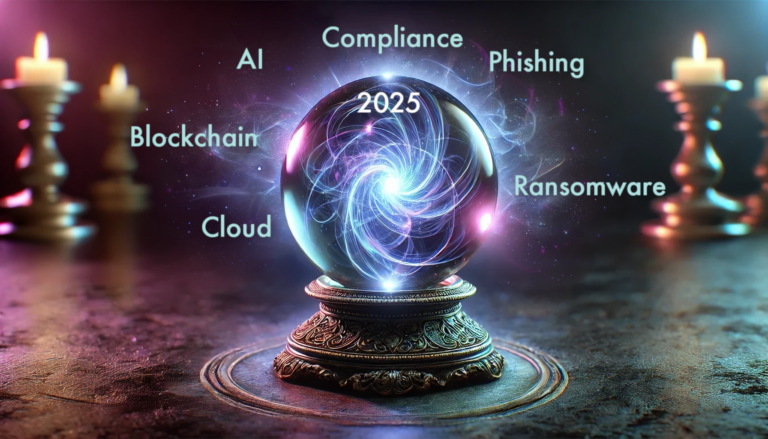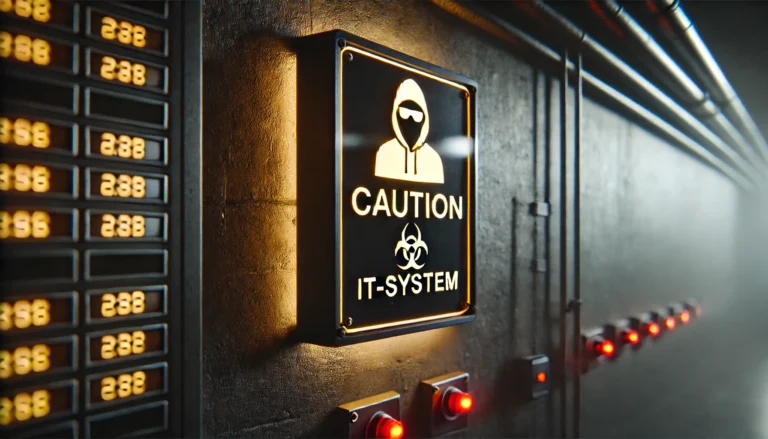Organizations worldwide spend billions on vulnerability management programs, meticulously scanning their systems and dutifully applying patches. While this fundamental practice remains crucial, it represents only one piece of a complex security puzzle. Consider a state-of-the-art corporate campus, surrounded by unscalable walls, equipped with keycard scanners, and protected by advanced surveillance systems – yet potentially vulnerable to a single compromised employee badge.
The Limitations of Traditional Security Models
Traditional vulnerability management focuses primarily on known technical weaknesses – missing patches, misconfigurations, and documented CVEs. However, modern cyber threats often exploit a more nuanced attack surface. Social engineering attacks bypass even the most rigorous patch management systems. Zero-day vulnerabilities render scanning tools temporarily blind. Supply chain compromises infiltrate networks through trusted channels. These scenarios demonstrate why a singular focus on vulnerability management creates dangerous security gaps.
The Human Element: Your Strongest Link and Greatest Vulnerability
In the modern threat landscape, authorized credentials have become the skeleton key to enterprise kingdoms. Sophisticated threat actors rarely attempt to scale the walls when they can simply walk through the front door. A single compromised password, a successful phishing attempt, or a manipulated insider can bypass millions invested in technical controls. This reality demands a fundamental shift in security thinking – from purely technical defense to comprehensive security awareness and culture.
Building a Holistic Security Framework
Effective cybersecurity requires a multi-layered approach that integrates people, processes, and technology. This includes robust identity and access management, continuous security awareness training, behavioral analytics, and zero-trust architecture. Security teams must move beyond reactive patch management to proactive threat hunting, comprehensive monitoring, and incident response capabilities. The goal is not just to prevent breaches but to detect and respond to threats rapidly when they inevitably occur.
The Path Forward: Integration and Intelligence
Tomorrow’s security challenges demand solutions that break down operational silos. Vulnerability management should integrate seamlessly with threat intelligence, asset management, and incident response systems. Machine learning and automation must augment human expertise, enabling faster detection and response to emerging threats. Organizations must foster collaboration between security teams, business units, and external partners to create a unified security ecosystem.
Strategic Implications
The shift from vulnerability-centric to holistic security requires fundamental changes in how organizations approach risk. Security budgets must balance technical controls with human-focused initiatives. Leadership must understand that security is not a project but a continuous business process. Success metrics should expand beyond patch compliance to include detection capabilities, response times, and overall security maturity.
True security resilience emerges from the harmonious integration of technical controls, human awareness, and operational processes. Organizations that recognize this reality and adapt accordingly will be better positioned to face evolving cyber threats.
Contact us for a free initial consultation



